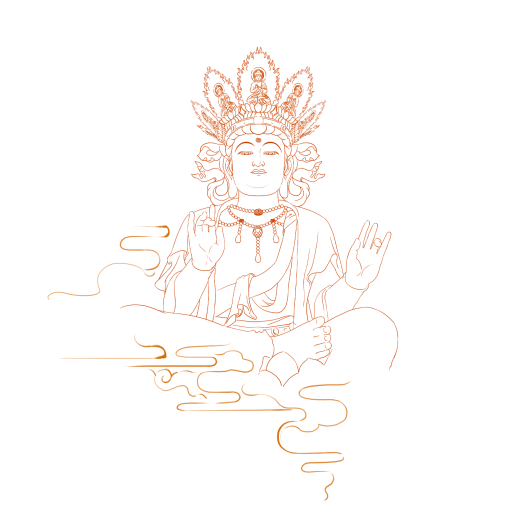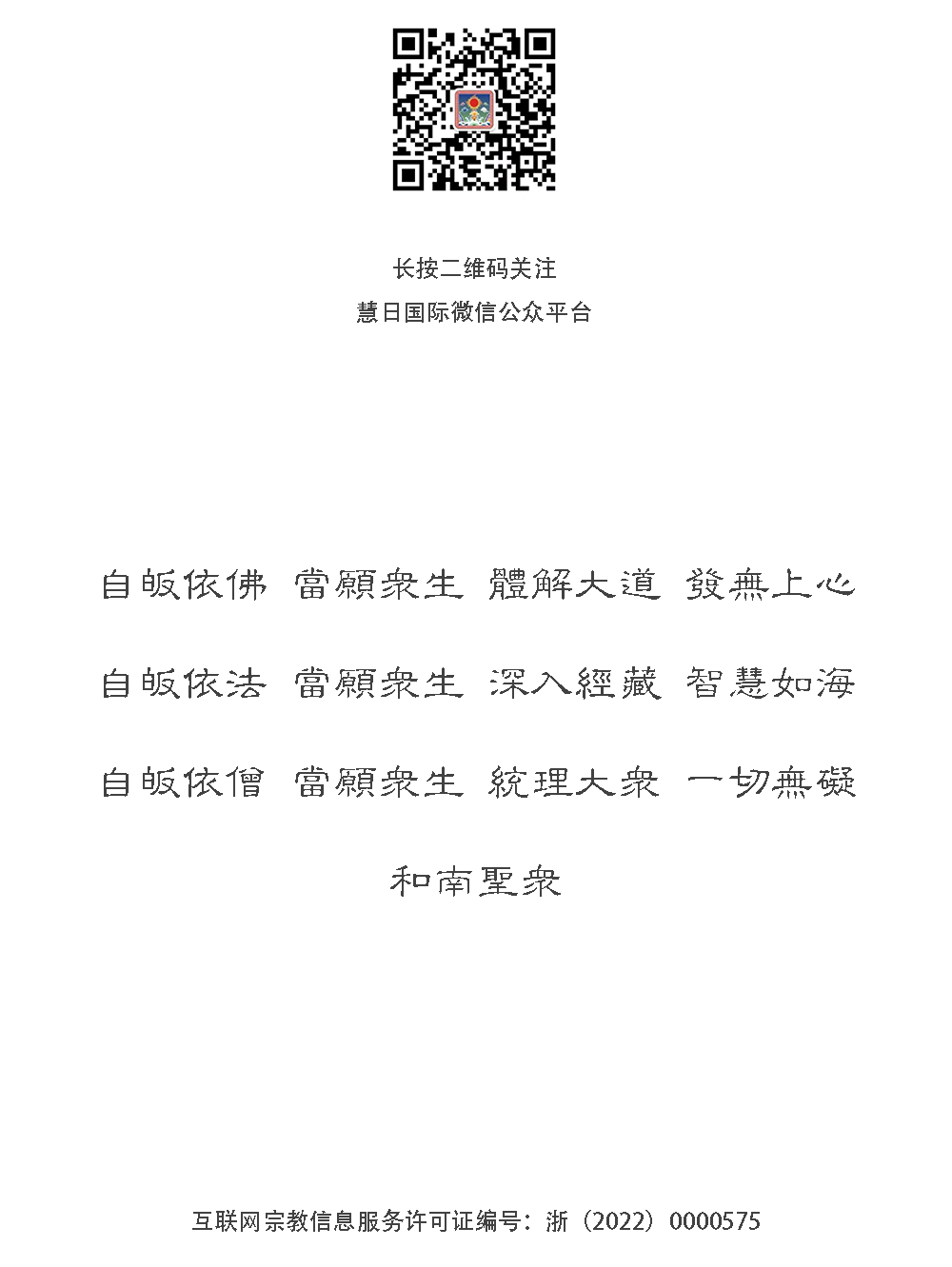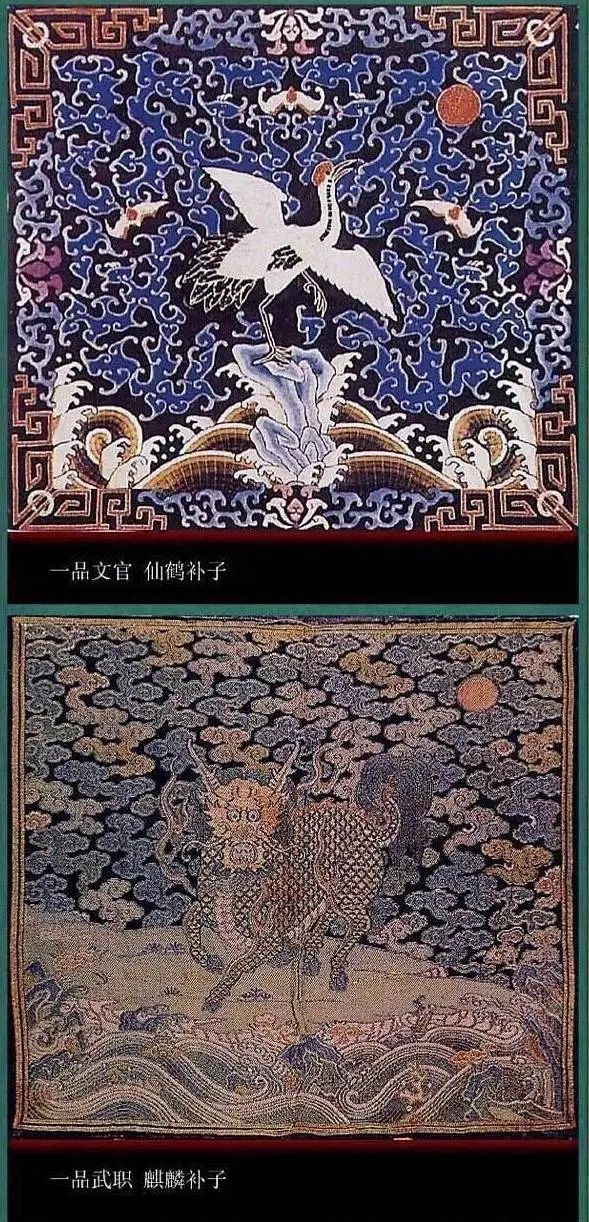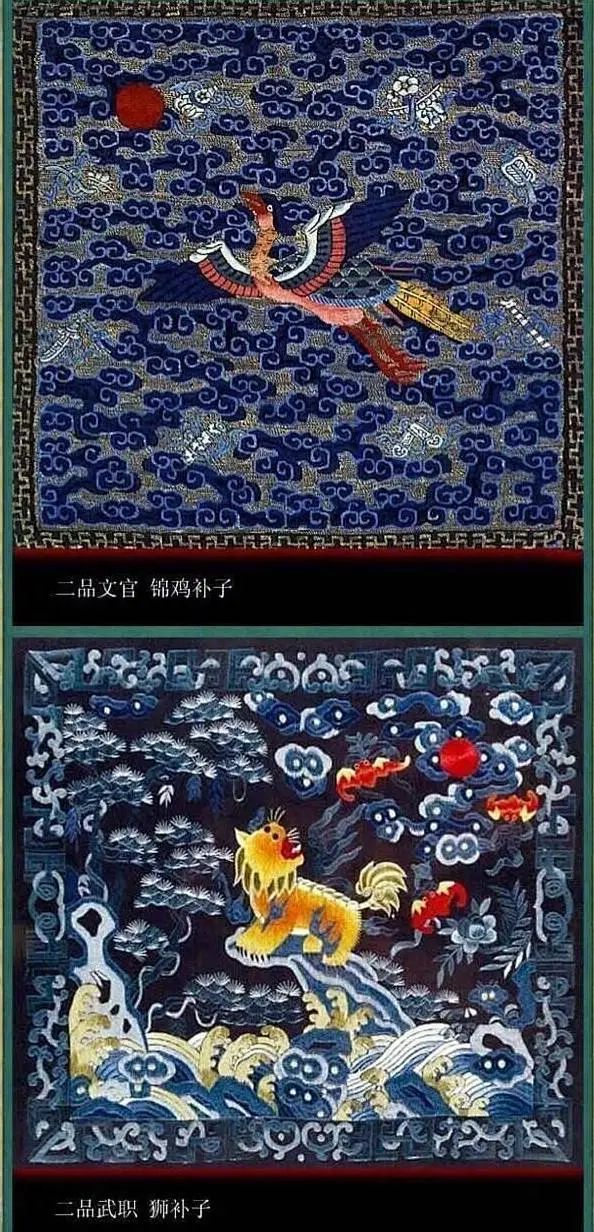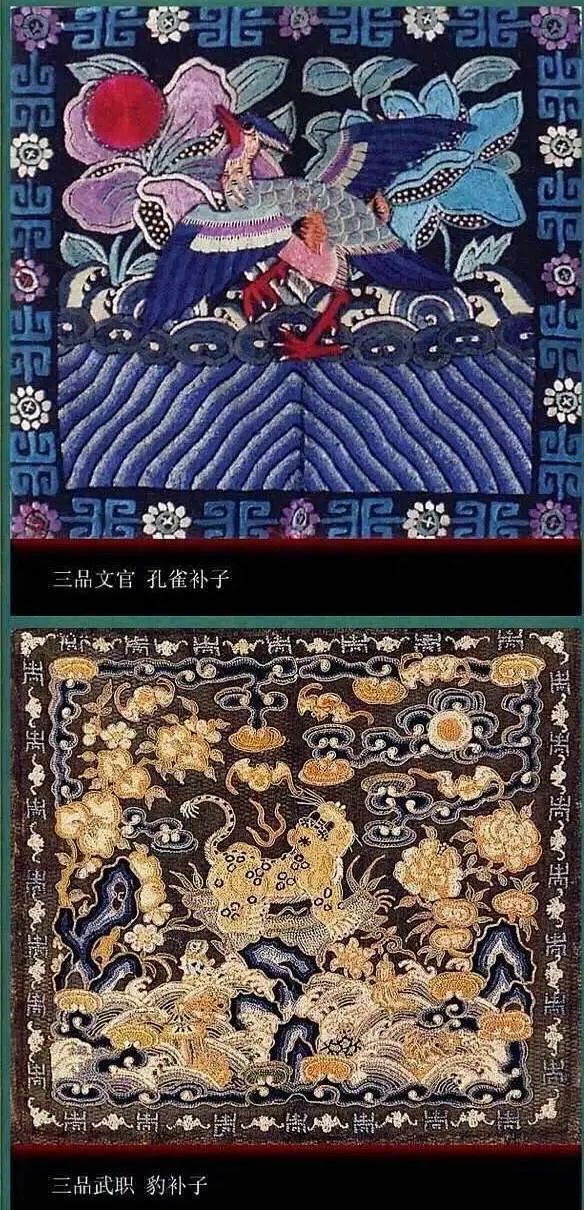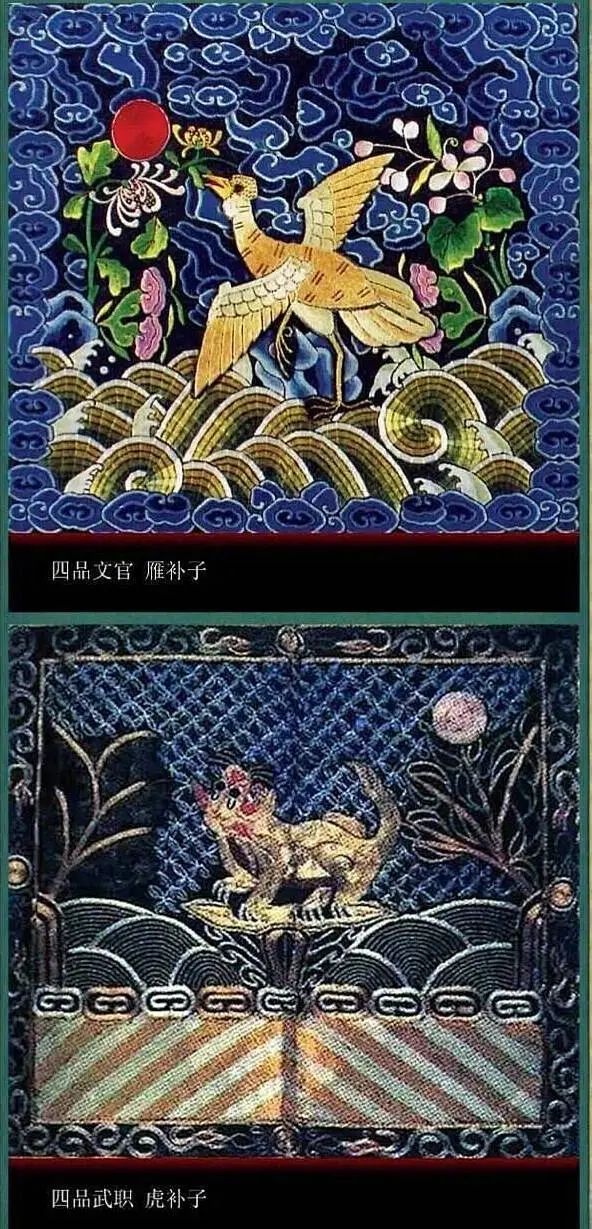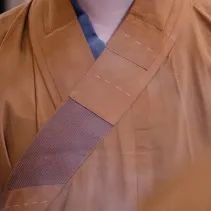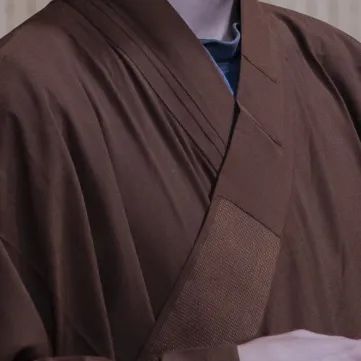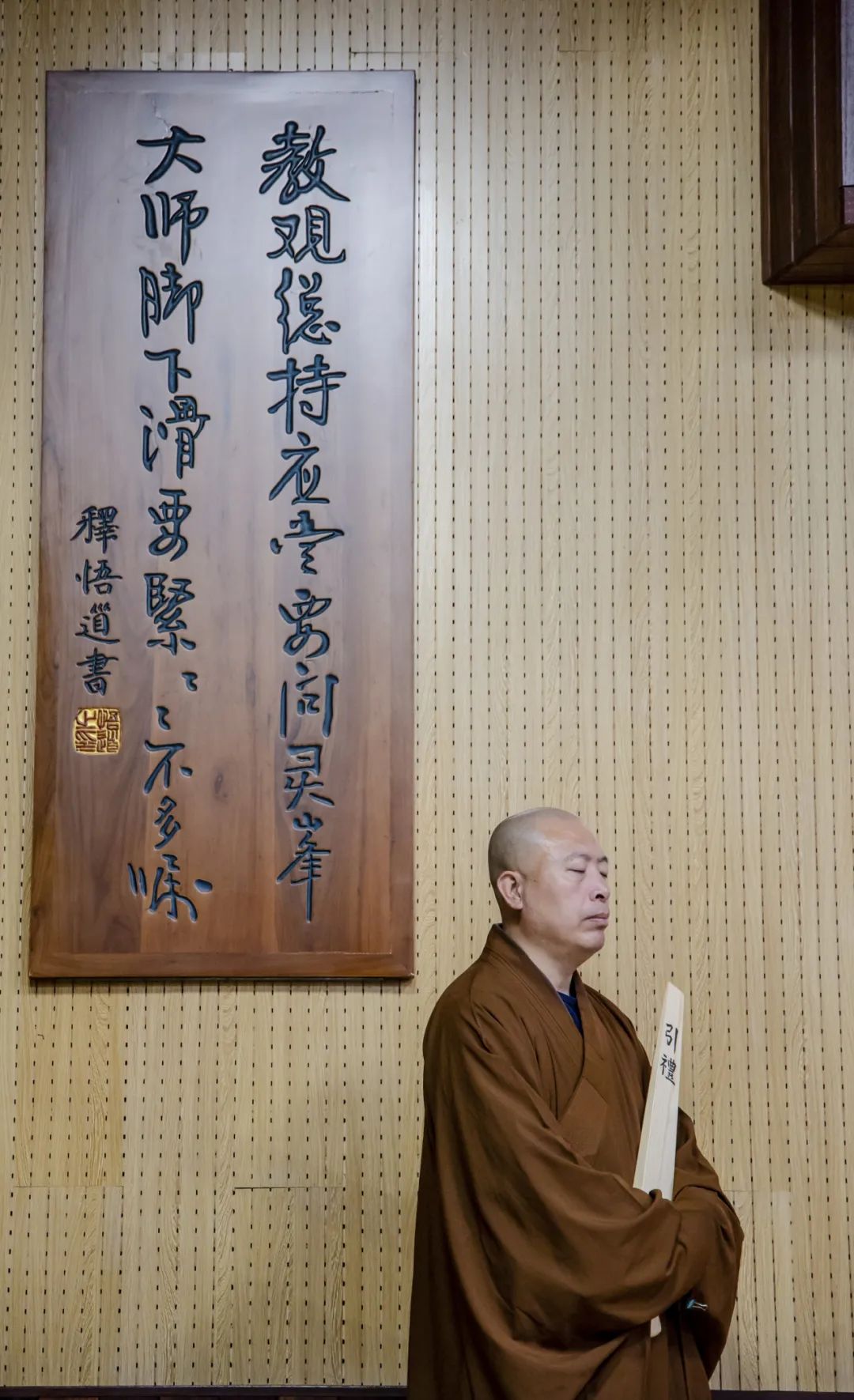传统的华服与威仪
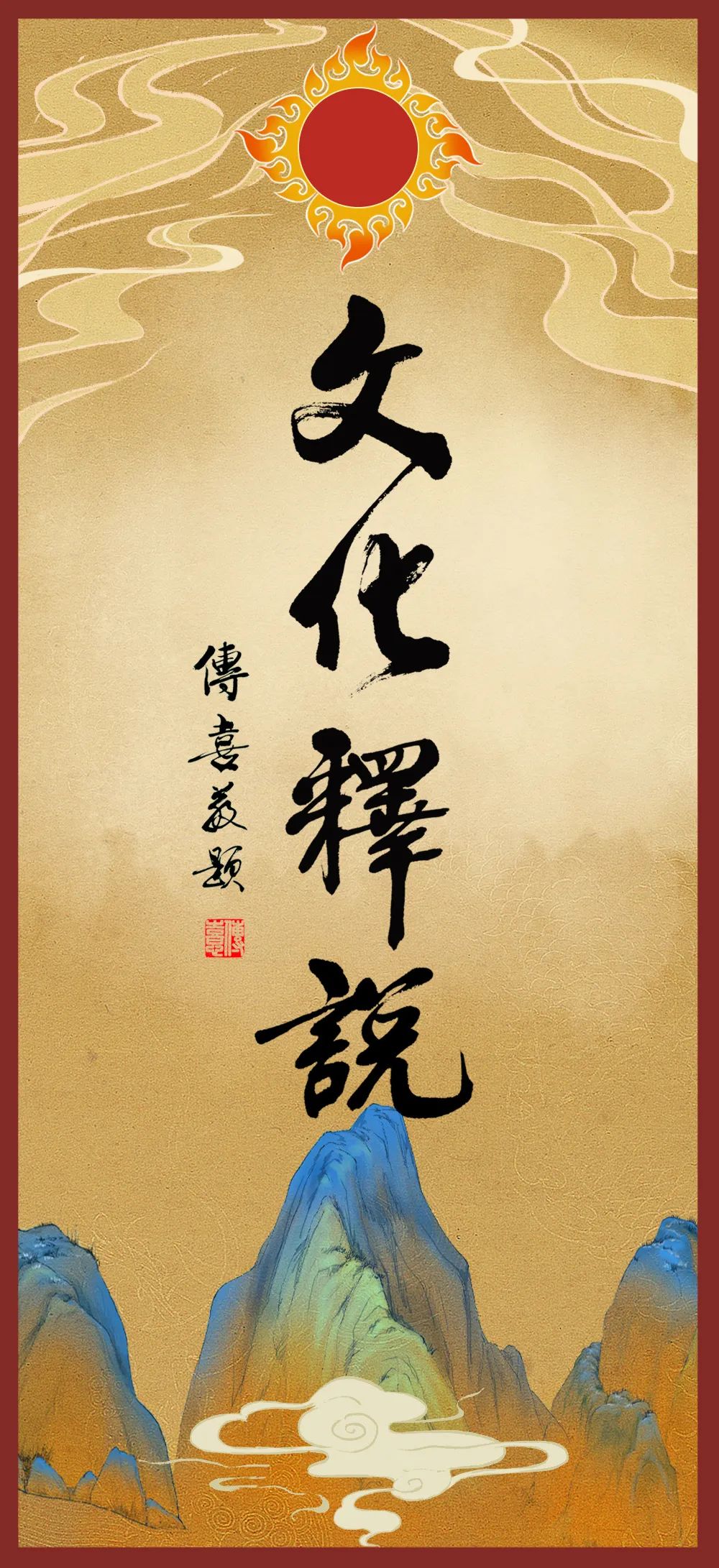
第一篇 华夏之源
Chapter One –
The Origins of the
Hua Xia (Chinese) Civilization
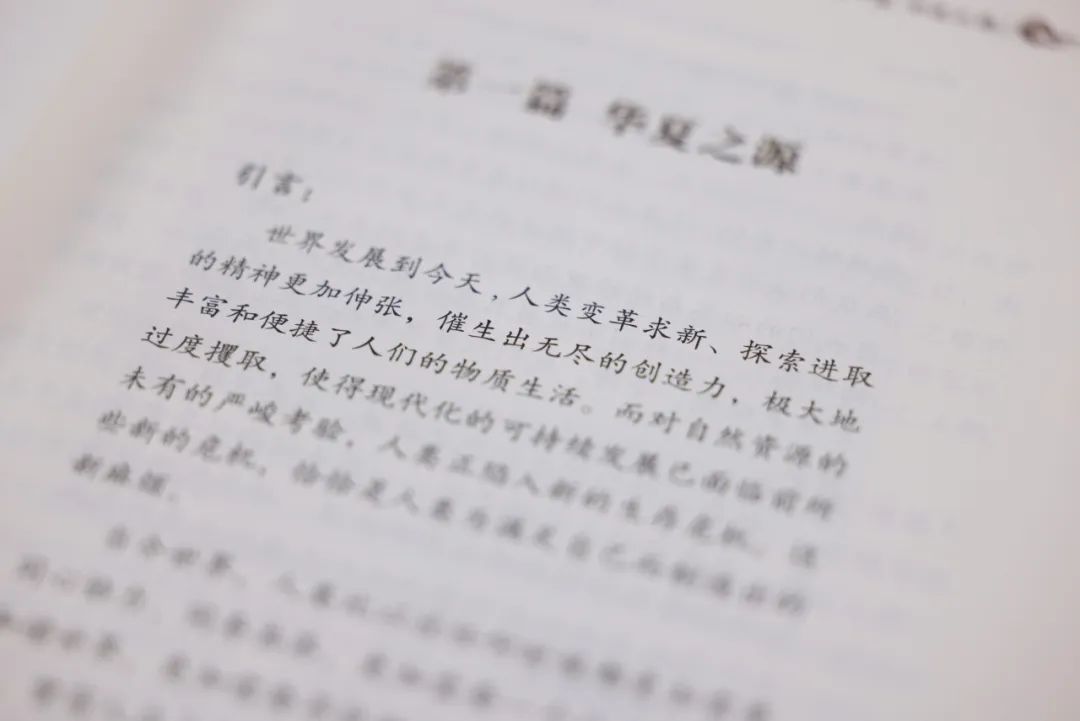
05.
传统华服
Section 5.
Traditional Chinese Attire
华夏之源
Please click to play audio
交领右衽,乃华夏风习。
衽,本义为衣襟。
左前襟掩向右腋系带, 将右襟掩覆于内。
几千年传承下来的华夏礼服皆右衽。
方向错了都不行,
右衽是顺着大道,左衽是悖离大道。
The overlapping rightward collar is a Hua Xia custom.
The original meaning of ren (衽) is the collar.
The left front collar is spread rightwards and tied to a strap underneath the right armpit such that the right collar is hidden inside.
For the tradition of Hua Xia costume that has since been passed down for a few thousand years, it has always been a rightward collar. The direction cannot be made wrong.
A rightward collar symbolizes accord with the Great Dao; a leftward collar deviation from and abandoning of the Great Dao.
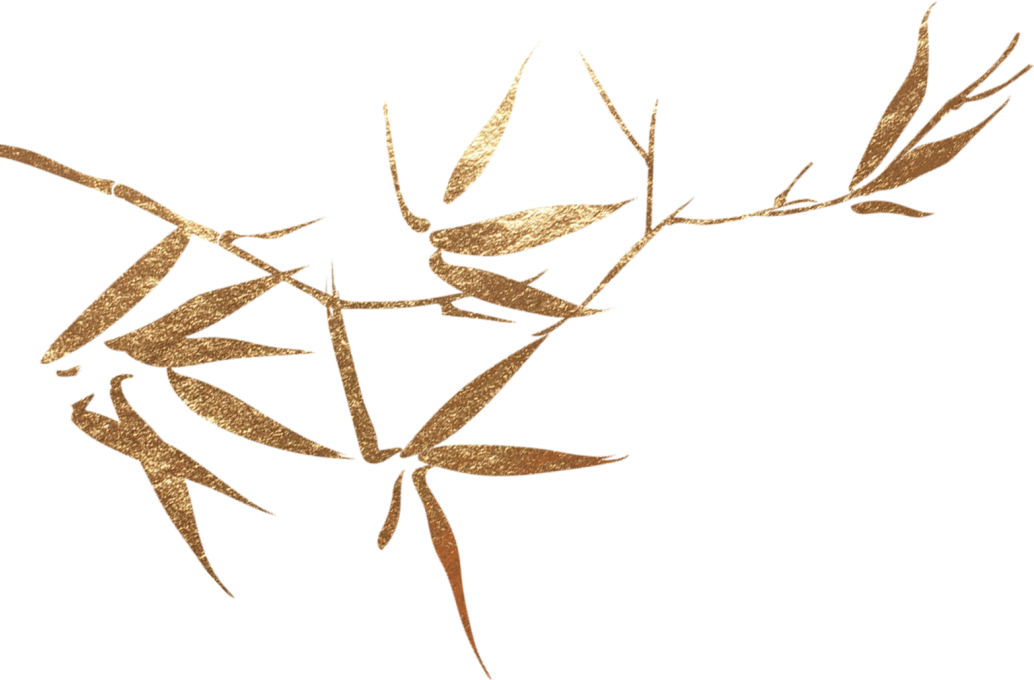
作为炎黄子孙,我们真的要抽出一点时间,学学华夏的文化道统,它是可以传承的。
As descendants of Emperors Yan and Huang, we need to spend a bit of our time to learn about the Hua Xia cultural system. It can be inherited.
反过来说,如果我们辱没了祖宗,背弃了先祖的文化,还算不算祖宗 的好孩子?不算,是败家子。虽然人在大学体系里,但是我们的灵魂并没有触碰到祖先的文化。
On the contrary, if we disrespect our forefathers and abandon the culture of our ancestors, can we still be considered worthy descendants? No, we will be bringing about the downfall of our family. Although within the system of tertiary education, our souls have not gotten in touch with the culture of our ancestors.
我们今天穿的衣服,还有多少中国传统文化的元素?我们当代的衣食住行,还有多少能够遇见道的踪迹?现在我们倡议恢复中国传统 文化,重塑人们的人生观、世界观和价值观,既是对我们灵魂的拯救,也是对中华民族传统文化的恢复与重构。复兴华夏文明,真的是任重而道远。
How much of the clothes we wear today embody elements of traditional Chinese culture? How much of our clothing, food, accommodation, and conduct contain traces of the Dao? At present, as we advocate the revival of traditional Chinese culture - and the transformation of our outlook on life, our outlook on the world, and our values - we are also conducting a rescue of our souls. It is also a revival and re-organization of the traditional culture of the Chinese race. The revitalization of the Hua Xia culture is indeed a heavy undertaking and the path seems long.
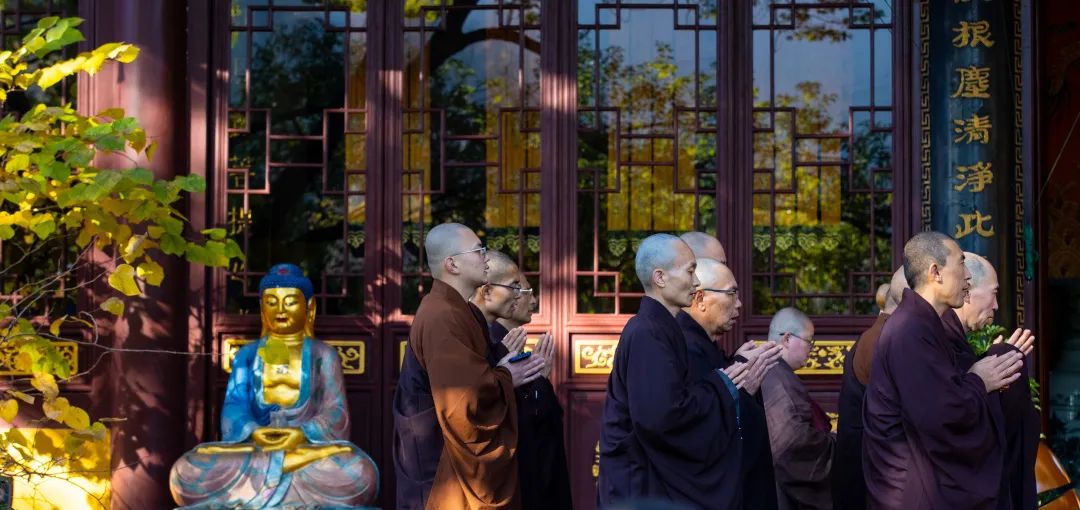

06.
行住坐卧
——“四威仪”
Section 6.
Walking, Standing, Sitting, and Reclining – the Four August Deportments
华夏之源
Please click to play audio

佛门讲三千威仪,八万细行,总不出行住坐卧。
这四种威仪,也 是律仪所倚,道隐其中。
所谓行如风、立如松、坐如钟、卧如弓。
比方说,立如松。
人站立的时候,像棵松树一样挺拔端正, 两脚微八字, 脚后跟与脚后跟之间有一拳距离,前面两脚趾之间约两拳距离。
In Buddhism, it is said that there are three thousand types of august etiquette and eighty thousand subtle aspects of conduct. They are all no more than how one walks, stands, sits, and reclines – the Four August Deportments. The rules of etiquette are being built upon these four deportments, within which the Dao is hidden. It is being said one should walk like the breeze, stand like a pine tree, sit like a bell, and recline like a bow. Let us talk about standing like a pine tree. When one is standing, one should be erect and upright like a pine tree. The heels should be the width of a fist apart, while the front of the feet the width of two fists apart.

从医学上解释 , 睡姿会影响人的心理状态 , 连梦境都不一样。
左边压着心脏 , 心脏的压力太大 , 会做恶梦;平躺睡 , 会做那种心情不好的梦 , 还有的人喜欢趴着睡。
From the perspective of medical science, one’s sleeping posture can affect one’s state of mind, and even one’s dreams. Lying down on one’s left side puts pressure on the heart. One will experience nightmares when the heart gets pressured too hard. When one lies flat, one will experience dreams in which one is unhappy. There are some who like to lie on their stomachs.
吉祥卧的睡姿最健康,弘一大师就是以吉祥卧圆寂的 , 平时我们出家人 , 也是这样训炼。
The auspicious sleeping position is the healthiest. It was in just such a posture that Master Hong-Yi passed away. Normally, we monastics train ourselves to sleep in such a way.
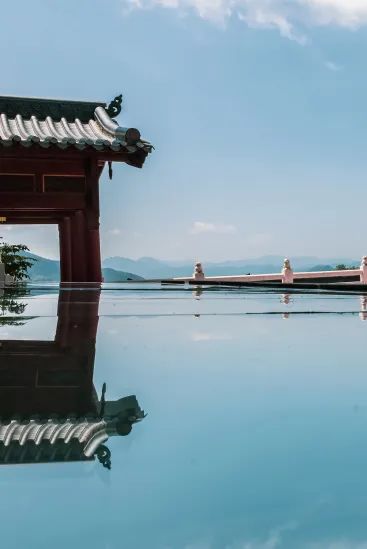


频繁刷手机,我们的心灵很容易被碎片化,不要沉溺其中,学会自我节制,通过学习佛法来有效滋养并净化我们的心灵,一起回归心灵,保持身心灵的健康。
Frequent phone usage can easily fragment our minds. Avoid indulgence and practice self-restraint. Studying Buddhism can effectively nourish and purify our minds. Let us return to our true selves and maintain the health of our body and mind together.

